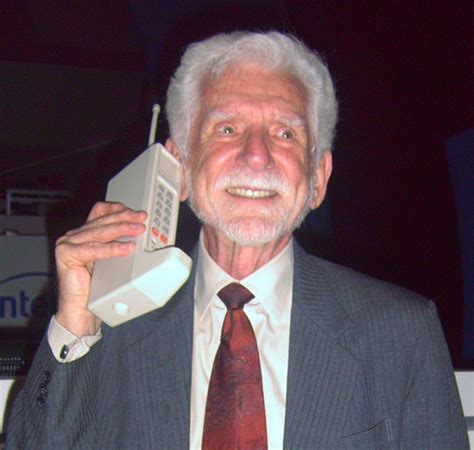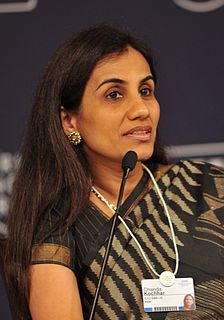A Quote by Peggy Johnson
Business development is a part of M&A - we identify signals in the market, whether its trends or disruptive technology, and bring them back and address the opportunities. I have three levers I can pull - partnerships, acquisitions, or investments.
Related Quotes
The personal computer was a disruptive innovation relative to the mainframe because it enabled even a poor fool like me to have a computer and use it, and it was enabled by the development of the micro processor. The micro processor made it so simple to design and build a computer that IB could throw in together in a garage. And so, you have that simplifying technology as a part of every disruptive innovation. It then becomes an innovation when the technology is embedded in a different business model that can take the simplified solution to the market in a cost-effective way.
Governments must address inconsistencies in their energy strategies, consider the links with broader economic policies, and stop sending mixed signals to consumers, producers, and investors. In particular, they must assess whether the right regulatory arrangements are in place to allow clean-energy investments to compete on a risk-return basis.
The reason why it is so difficult for existing firms to capitalize on disruptive innovations is that their processes and their business model that make them good at the existing business actually make them bad at competing for the disruption. Companies in fact are specifically organized to under-invest in disruptive innovations! This is one reason why we often suggest that companies set up separate teams or groups to commercialize disruptive innovations. When disruptive innovations have to fight with other innovations for resources, they tend to lose out.
Innovation requires us to systematically identify changes that have already occurred in a business - in demographics, in values, in technology or science - and then to look at them as opportunities. It also requires something that is most difficult for existing companies to do: to abandon rather than defend yesterday.
The technology that lets many people use the same radio channel at the same time is called smart antenna technology or adaptive array technology or interference mitigation. This technology uses computer processors to take the signals from multiple antennas at each location and sorts the various signals out so they don't interfere with each other.
Providing career growth and development opportunities for our people is of paramount importance, and that's why we surround and support our diverse employee team with investments in innovation, technology, training, and a wide variety of programs so they can build great careers. 'Fortune' saw that in KPMG, and we're delighted.
Generally, the technology that enables disruption is developed in the companies that are the practitioners of the original technology. That's where the understanding of the technology first comes together. They usually can't commercialize the technology because they have to couple it with the business model innovation, and because they tend to try to take all of their technologies to market through their original business model, somebody else just picks up the technology and changes the world through the business model innovation.

































